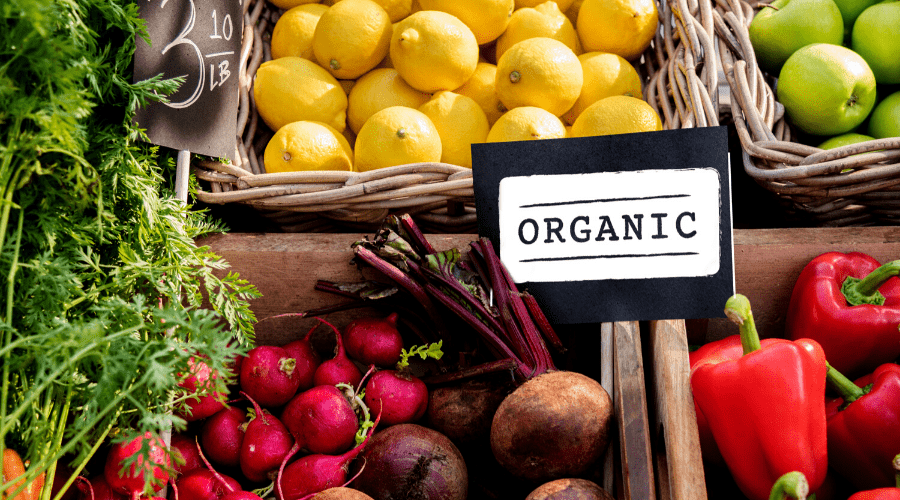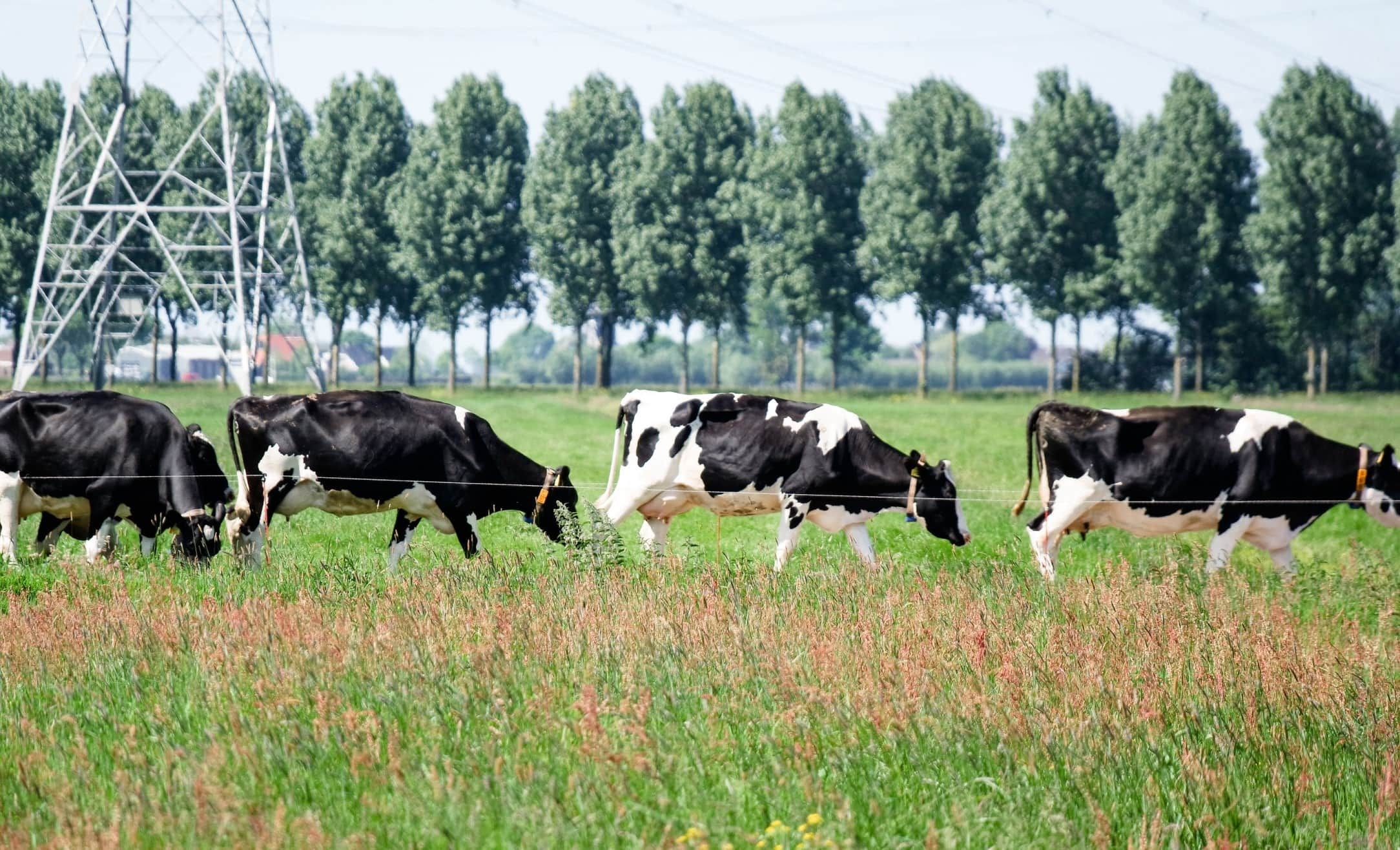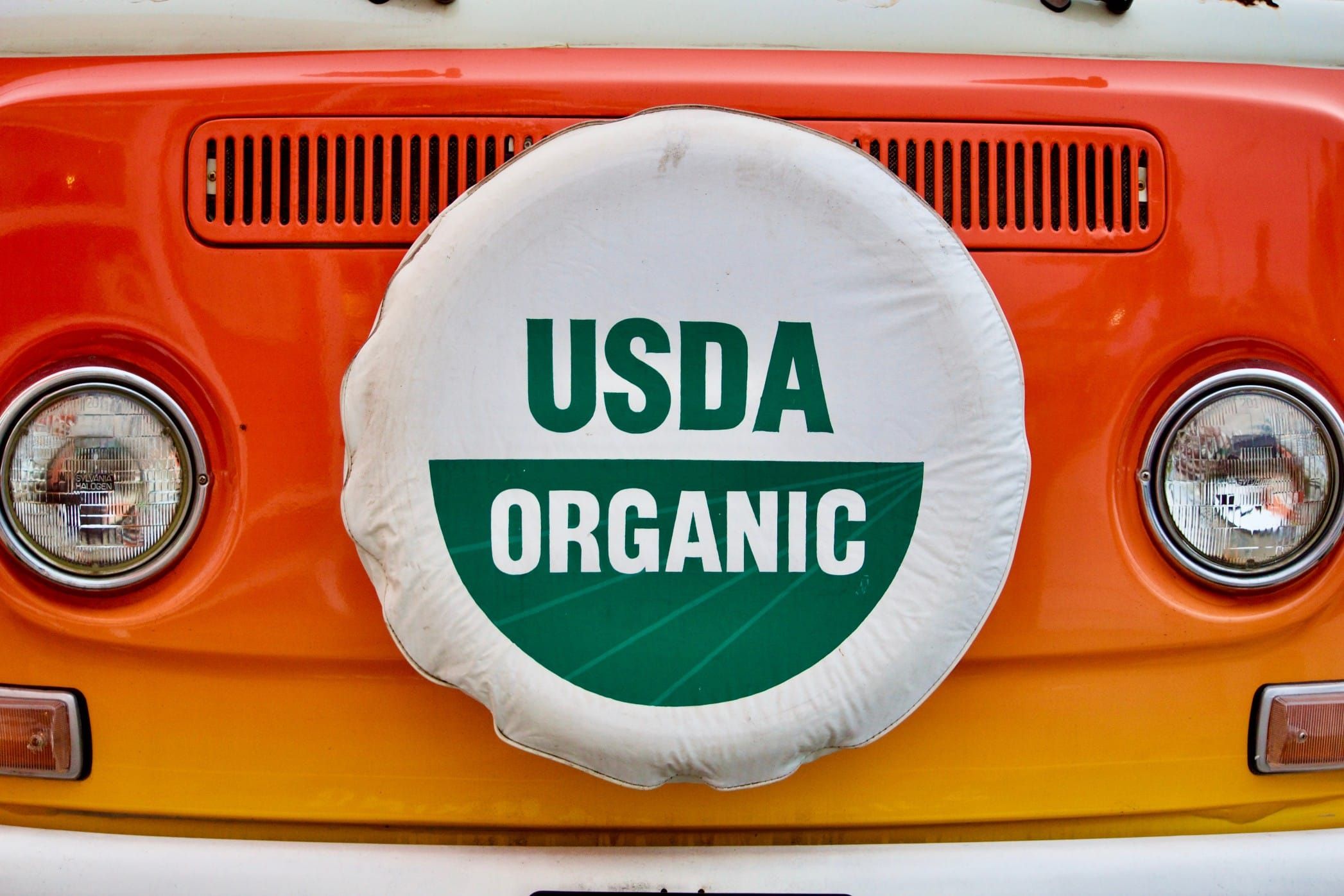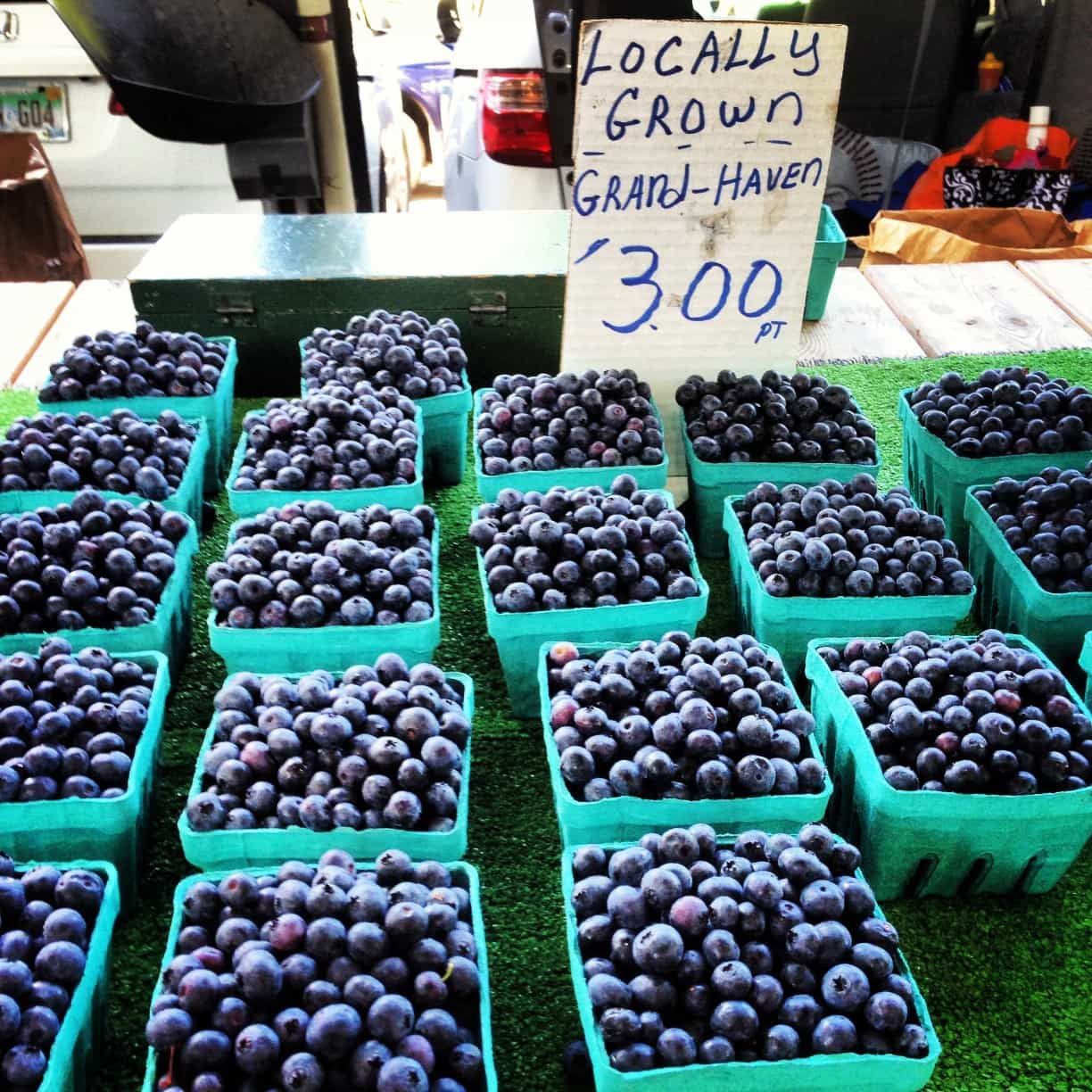Food labels (underrated breakfast reading, by the way!) provide important information about what you’re eating, and honestly, if we all knew more about what we put in our mouths, we’d probably reconsider the vast majority of our diets.
We'd like to assume that "organic" is the mark of high-quality and healthy food, but it's not that simple. Organic labels should make a difference in the way you consume food, but first you need some deeper knowledge. So get ready for an in-depth breakdown of organic food labeling.
Medical Considerations for Non-Organic Foods
If we are what we eat, we're a mess of unhealthy junk. Everyone must take the proper time to read and consider labels because many common ingredients in our daily diets are actually quite bad for us long-term.
Livestock
Livestock injected with hormones have a high level of testosterone and estrogen. Higher levels of estrogen have been linked with breast cancer.
rBGH
Recombinant bovine growth hormone is used to increase the daily amount of milk given by cows. While the hormone itself is not harmful, it can increase the presence of other bodily chemicals in milk that could lead to cancer in humans.
Pesticides
While there are regulatory limits on the use of pesticides in fruits and vegetables, there are dozens of variables to consider, including the specific pesticides, their toxicity, how much they've been studied, etc. The FDA, EPA, USDA are all responsible for making sure that pesticides don’t exceed a certain thresholds, but farmers often use more than 30 different pesticides, each of which may leave chemical residue, in the same field.
Antibiotics
The next common issue? Antibiotics. Many farmers give daily doses of antibiotics to their animals so they stay healthy and gain weight faster. In humans, frequent consumption of antibiotics can lead to bacteria becoming immune.
A 2001 study in the New England Journal of Medicine revealed that 84 percent of Salmonella bacteria found in ground beef had developed some antibiotic resistance. As a consequence, some restaurant chains refused to buy any meat treated with antibiotics such as ciprofloxacin. Sadly, there is no rule requiring foods to be labeled based on usage of antibiotics.
Natural vs. Organic
There is frequently confusion between the terms “natural” and “organic." As people walk through the tall and colored shelves of a supermarket, they sometimes come across as foods that are labeled as being “100% natural." The first thing that comes to mind is that they’re dealing with minimally processed foods.
But if you dig deeper, you will discover that the FDA doesn’t regulate use of the word “natural” on labels, nor does it even provide a clear definition the term. The official statement regarding natural products is the following: “The agency has not objected to the use of the term if the food does not contain added color, artificial flavors, or synthetic substances.”
Naturally, this statement leaves room for interpretation. But yes, even products made with processed high-fructose corn syrup can be labeled as "natural."
USDA
Then there’s the USDA, which does bring a more specific definition to the word "natural," but only uses it in very specific context. The USDA uses the term to describe products such as eggs or meat that don’t have any artificial ingredients. However, when you buy meat labeled as "natural," that doesn’t necessarily make it organic, as the term itself doesn’t regulate whether the product has hormones or antibiotics.
Organic Food is Another Beast
Products labeled as "organic," on the other hand, adhere to a very specific set of rules and guidelines, so when you come across the USDA organic label, you know exactly what you’re buying. Since they are required to have at least 95% organic ingredients, products that have this label on their packaging are trustworthy.
Until these organization get their stuff together and make the word “natural” a bit more specific to fully inform consumers about what they’re buying, make sure you don’t fall into the trap of shiny packaging and marketing promises (which, by the way, are really hard to resist sometimes).
What Are Certified Labels?
So how can you try to eat better? Go organic. One of the benefits of organic foods is clear labeling. When a product receives a certified label, you can be sure it meets a set of strict standards implied by the program in question. Here are some of the most common certified food labels that you can expect to find on organic foods.
USDA Organic
Products recognized as organic must be registered in USDA’s National Organic Program. This label is found on certain agricultural products, ranging from condiments, processed foods, meat, dairy, and even beverages.
All food that you buy with this USDA label must have at least 95 percent organic ingredients, which are grown without pesticides, antibiotics, growth hormones, or other synthetic substances. No such substances are part of the food production process either.
The USDA label is the ultimate goal of foods that want to be recognized as organic. Some things that buyers should know about this certification are:
- Using the USDA Organic label without the proper certification is punishable by law.
- The USDA is currently working on rules and guidelines for certifications for products such as pet food and honey.
- Every product that applies for this badge is carefully tested and checked by an authorized certifying agent.
Do not be fooled: some products with up to 75 percent organic ingredients may be independently labeled as organic, but such products are not allowed to bear the USDA label on their packages. Always look for the label.
Grassfed
This particular label was also established by the USDA. It certifies that ruminant animals, such as goats and cows, have been fed only with grass and forage, meeting a specific set of standards, during their growth periods. In addition, these animals are not fed any synthetic hormones or antibiotics. The farms meet high standards of animal welfare.
This label is only given to ruminant animals; there is currently no similar label for non-ruminants that indicates grass-feeding.
Fair-Trade
Fairtrade Labeling Organizations International is the authority that enforces fair-trade standards. Products that have this label on their package meet social development and environmental safety standards:
- Production workers receive a fair wage, work in a safe environment, and have meaningful workplace benefits. In addition, these workers have union rights.
- No person, adult or child, is forced to work in the production of said products.
- Crops grown and used to make these foods meet certain sustainability standards.
There are many types of products subject to the Fair-Trade certification, such as those made with cotton (clothes, bed sheets, etc.), sugar, fruit, wine, flowers, tea, or coffee.
Demeter Certified Biodynamic
The Demeter Association is also known for giving food certifications, but only after farmers have applied for such a label and passed an inspection. During this inspection, the products and conditions are tested for application of biodynamic principles.
Basically that means that farmers must prove nutrient recycling on their farms along with good composting practices. These farms must also apply water conservation techniques and rely as little as possible on chemicals for pest control.
Certified Naturally Grown
Getting the USDA organic certification is a complicated process, one that requires both time and money. Since many independent farmers could not afford the certification, the Certified Naturally Grown label was created. Consider this an alternative to the USDA label.
It’s a non-governmental certification system, created by the organization known as Certified Naturally Grown. The inspectors that make sure the products meet the required standards are other farmers; this is an example of an industry self-policing.
The purpose of this label is to set apart products that are actually natural from those that just use the word "natural" on their packaging, when they aren’t in fact what they claim to be. With Certified Naturally Grown products, you know that these foods have passed a verification process.
American Humane Certified
This is a program that was born almost 20 years ago in order to ensure animals are raised according to a set of humane standards. Such animals include bison, goats, lambs, chickens, pigs, and more.
The guidelines required to receive this label were created by consulting animal science experts. Animals must be kept in a safe and clean environment, have plenty of space to grow (unlike some chicken farms that stuff animals in tiny cages), receive regular food and water, and be taken care of by trained and professional staff.
Animal Welfare Approved
Back in 2006, the Animal Welfare Institute, a non-profit organization, created a subdivision called Animal Welfare Approved. Farms that are part of this program take specifically good care of their animals.
When you purchase food with this label, you know that the animals were raised in an environment where they were free to live naturally and were not subject to stress or mistreated in any way. These labels are given to family farms that raise animals on pastures or ranges.
Non-GMO Project Verified
There is significant debate over the pros and cons of genetically modified foods, which are engineered by introducing DNA from other organisms to be more nutritious, more flavorful, heartier, or otherwise more suited to mass production.
This article isn't the place for a political debate, but if you only want non-GMO foods, Non-GMO Project Verified is the sole third-party labeling program established in North America that identifies products made without genetic engineering from growth to production.
Different Levels of Organic
There is also a degree to which a product can be considered more or less organic:
- Products that are labeled as being 100% organic need to be made with all organic ingredients. Some products may be organic, but not recognized by the USDA.
- When a product is simply labeled as being organic, it means that it’s somewhere below that 100% mark. Always keep in mind that truly organic products have at least 95% organic ingredients.
- You may come across the label that says, “made with organic ingredients." This informs you that there are at least 70% organic ingredients used to make that specific product. However, these labels also have to specify exactly which of the ingredients used are organic. These foods cannot have the USDA organic label.
- A product package that reads “specific organic ingredients”, that means that there is less than 70% organic ingredients inside, and cannot be labeled as being organic. The term “organic” must, therefore, be used only in relation with a specific product (for example, made with organic corn).
Other Food Labels
All of the above is just a start; there are dozens of third-party programs and labels adding to the confusion.
- Some eggs and other chicken products have a cage-free label. This label does not require certification by any third party and does not mean the chickens were treated well. Some farms that use this label cut beaks and keep animals in inhumane and unsanitary conditions (even if there is no cage).
- Validus Animal Welfare Certified is an independent organization. Foods with this label are made with social responsibility and strict animal welfare standards. However, there is no certification that these foods are free of antibiotics and growth hormones, nor is it specified if these animals are allowed to grow outdoors.
- The B Corp Certification is a third-party set of guidelines established by a non-profit organization looking to affirm environmental standards and social responsibility.
- The Salmon Safe label is normally found on products that are created with minimal wetlands and river pollution, so that this fish can grow safely.
- Fair for Life is a label created under the supervision of the Institute of Marketecology. This third-party organization inspects products and companies to see if they meet social and environmental standards. It doesn’t just apply to food products but can also relate to raw materials. The label ensures positive practices between the producers of a certain item and the companies to which they are sold.
How to Consume Good Food
How does one steer clear for unhealthy food when there are so many unhealthy practices applied from seed to shelf?
The best solution is to always look to buy organic foods. You have better chances of consuming quality food if you make your own. For instance, instead of buying a bag of potato chips which have so many harmful ingredients, how about buying actual potatoes, slicing them, and making your own chips? This way, you have full control of what goes into your body.
Support local farms as much as possible. Your local farmers likely have excellent fruits and vegetables, even if they can't afford USDA certification. If you take a genuine interest in a farmer’s work and see the real struggles behind delivering those beautiful tomatoes you enjoy so much, you will learn to appreciate your food on a whole new level.
Staying informed is very important. There are associations, such as Organic Consumers, that will give you updated information about the world of organic foods.
If you like eating organic foods, donate to the organizations that make it happen. Even a few dollars a month can keep an organic food organization going.
Always look at “natural” labels with a dose of skepticism. Learn your certified labels and look for them when purchasing. Remember that “natural” and “organic” don’t always mean the same thing: that’s just what some marketers want you to believe. There are many “natural” products that are never actually verified for these claims.
Sugar-free is not always sugar free. When you come across some chocolate wrapped in a premium golden package and read that it’s sugar-free, you may think that you’ve struck gold. But a lot of these products have artificial sweeteners which, even if they are FDA approved, aren’t necessarily healthy in the long run.
Last, but not least, read every word on the ingredient list carefully. If you come across words you can’t pronounce, that’s a product you want to skip.
Organic Food Examples
If you’re looking for a place to start, these organic foods are commonly available at large supermarkets:
Fruits and Veggies
They should be with the regular produce. Just look for the labels that indicate organic and you’re good to go. Keep in mind that these haven’t been grown with pesticides and preservatives so they will generally go bad faster.
Grains
Foods like rice, pasta, and other grains most likely will be found in the special organic and health food section of your supermarket near the gluten free items.
Dairy Products
Organic dairy products can often be found in two places: with regular dairy and in the separate health food section.
Bottom Line
It's worth remembering the significant difference between a "natural" label, which is nothing more than a marketing term, and a certified organic product. The truth behind organic food labels can sometimes be nasty, but the more you know, the safer you are from false claims. We've tried to differentiate among various food certifications. At the very least, you can trust that all of these organizations have invested in their brands and are making good faith attempts at control and inspection of those food producers who use them.
What matters most is transparency and education behind how your food is grown, processed, made, packaged, and delivered to your local supermarket.





